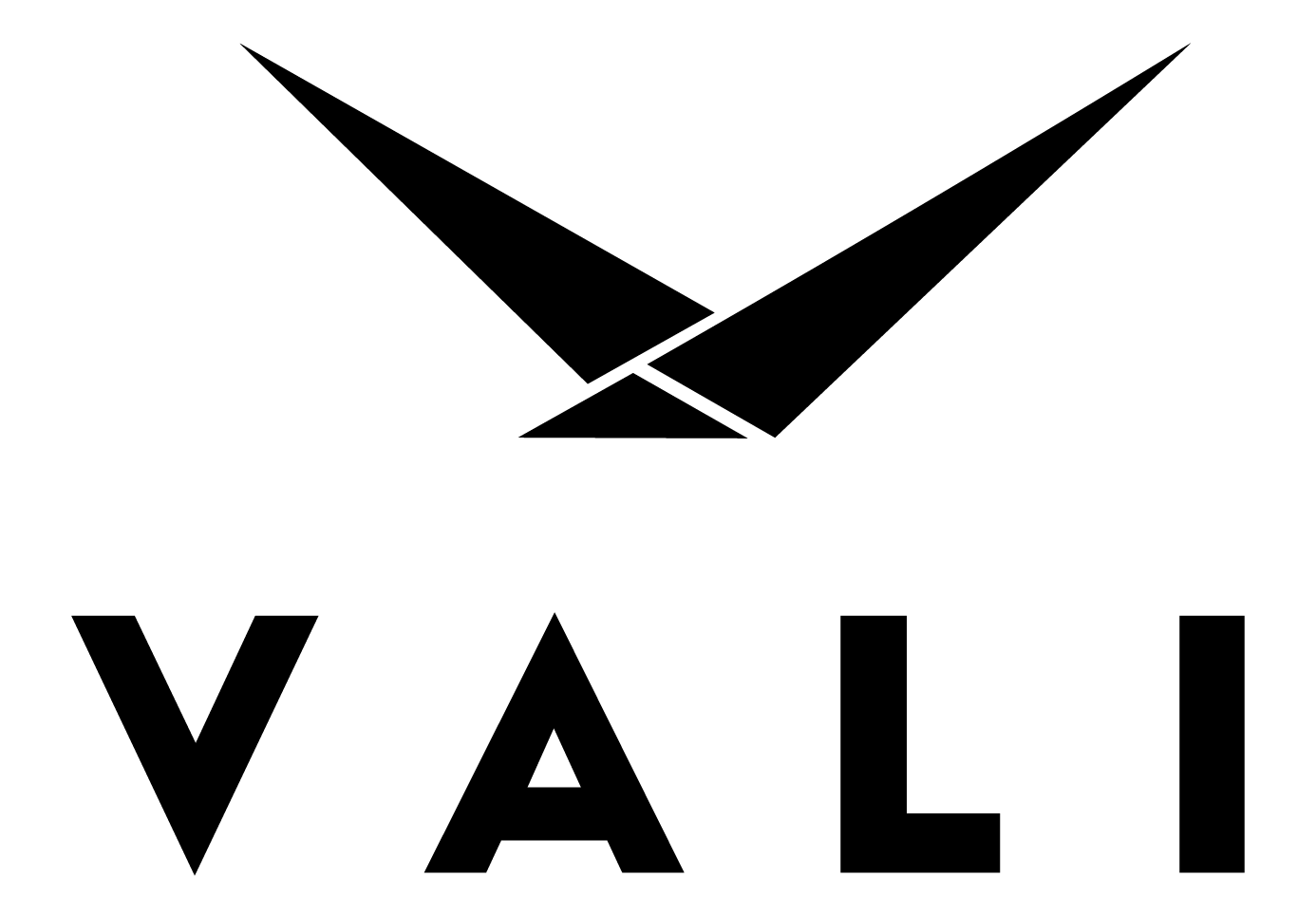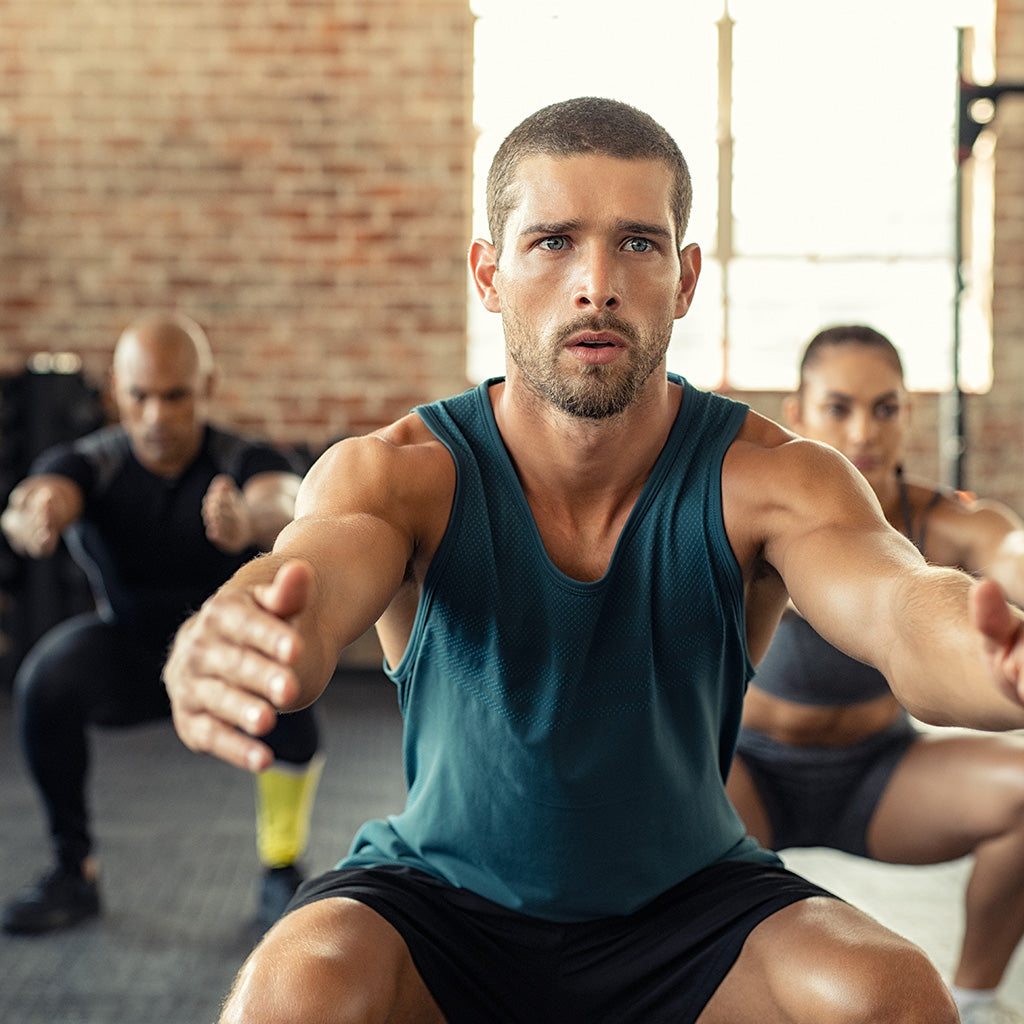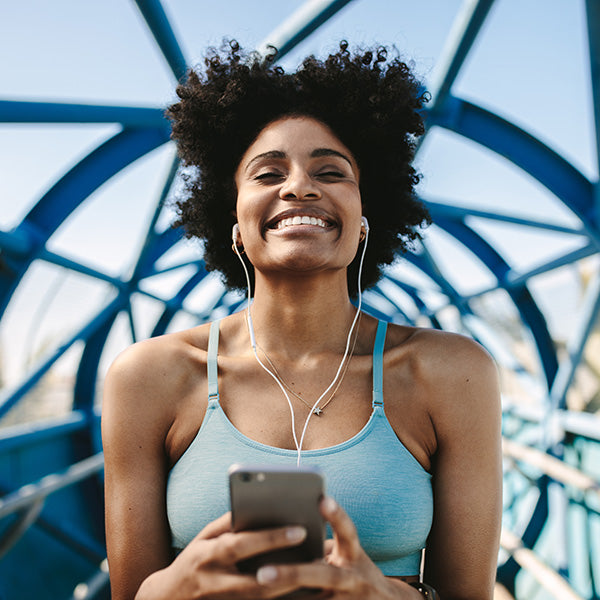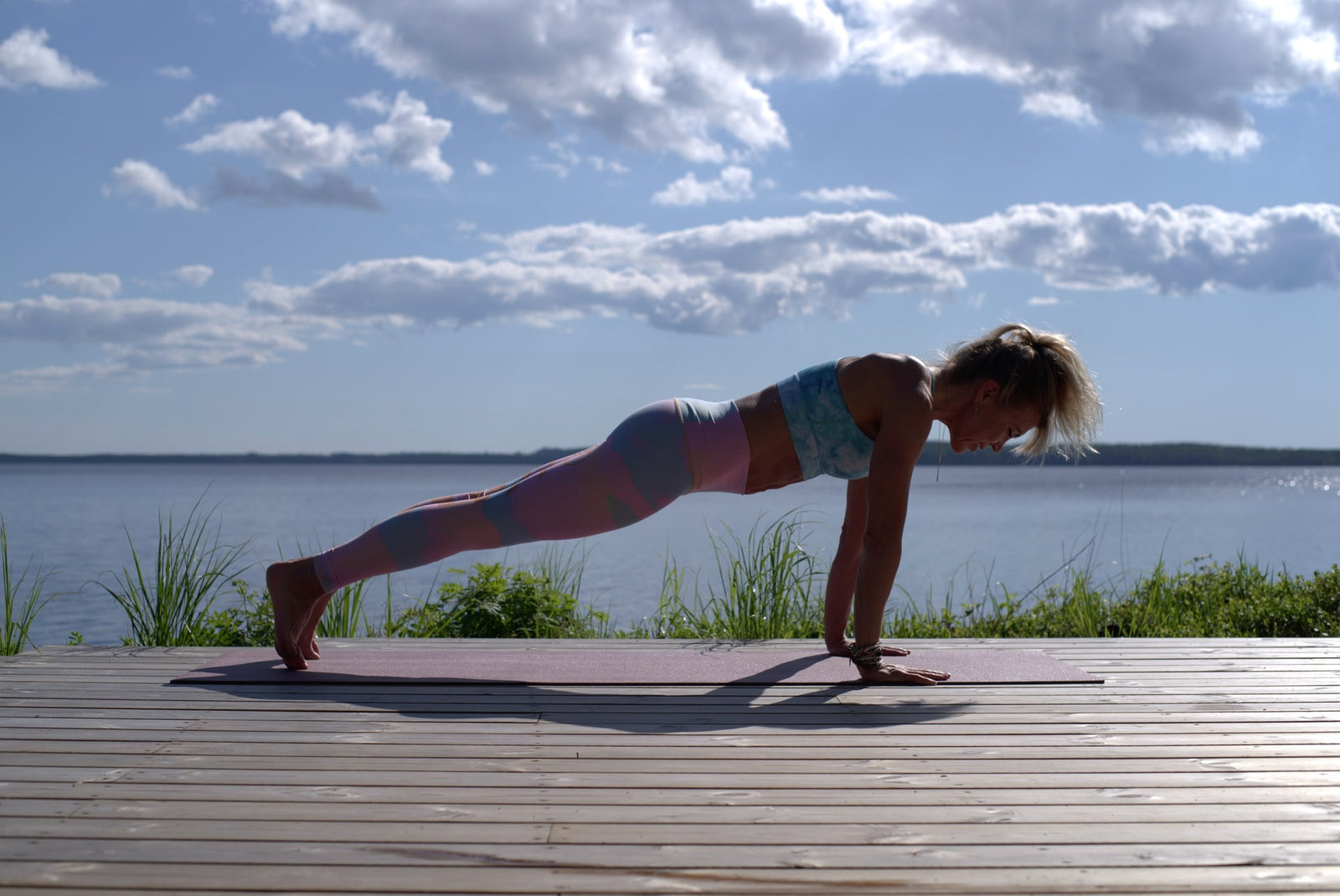Dr. Mihaly Csíkszentmihályi, Ph.D, one of the most distinguished psychologists of the modern world, coined the term “flow state” in his 90s book. He defined this as the “optimal state of consciousness where we feel our best and perform our best” and “being completely involved in an activity for its own sake.” [1]
In everyday life, flow state happens when you form a new idea in the shower, go deep into an Excel spreadsheet, brainstorm with your colleagues, play a musical instrument, ride a bike or play a competitive game or sport.
Achieving flow state not just brings out your most productive and creative self. According to Dr. Csíkszentmihályi, entering the state also makes you a happier person. In fact, the whole idea of flow comes from a research about what makes people happy, and when they are at their happiest.
It turns out entering into flow state is a major part of happiness as it is a very enjoyable and rewarding experience.
What is it like to be in flow state?
Based on interviews done by Dr. Csíkszentmihályi and his team, flow state is characterized by the following: [1]
- You’re fully immersed in what you’re doing and at the peak of concentration.
- You feel a sense of euphoria doing one activity, as if the outside world does not exist.
- The goals are clear and you know exactly what must be done.
- You’re confident that you can do a certain activity, possessing the essential skill to complete the task at hand.
- You “lose yourself.” You’re so laser-focused that your attention is fully in the activity, forgetting your worries, self-consciousness, and other things that bother you.
- You experience timelessness and lose track of time.
- You are so motivated to complete the activity and it’s all coming from within. You look forward to successfully doing the task and that rewarding feeling afterwards.
- You are able to track your progress and do so instantly.
- You feel in control of the activity and outcomes.
Of course entering flow state doesn’t mean experiencing the above all at once. But these are the most common emotions, responses and feelings linked to flow.
What’s not flow state
If you’re wondering whether getting immersed in a Netflix binge or reading a book is considered flow state, then the answer is no.
Entering a flow state requires active participation in the activity and being fully involved in overcoming challenges, as what Csíkszentmihályi would explain.
“If challenges are too low, one gets back to flow by increasing them. If challenges are too great, one can return to the flow state by learning new skills.”
In his TED.com talk, he described the sweet spot between skill and challenge for it to be called a flow state. [2] As you will see in the graph below, the horizontal axis x refers to the how challenging the task is, while the vertical axis y refers to the skill required to overcome the challenge. [3]

Flow state is the point where the difficulty level of the activity is high, as well as the skill required to complete it (refer to the yellow portion). This illustrates the high involvement required in an activity for it to be called a flow state. [4]
- Apathy (low challenge, low skills)
- Boredom (low challenge, mediocre skills)
- Relaxation (low challenge, high skills)
- That you’re in control (somewhat challenging, high skills)
- Worry (somewhat challenging, low skills)
- Anxiety (challenging, low skills)
- Arousal (very challenging, mediocre skills)
How to achieve flow state
If you’re like me who wants to constantly chase the flow state in this increasingly distracting modern world, then here are some tips to achieve it:
Get rid of external distractions.
If you find yourself compulsively checking your phone for social media, then it’s best to go on airplane mode. Each time you look away from the job at hand and do something else, the farther you get from flow. Plus it takes an average of 25 minutes to regain focus on a certain job. [5]
So set up your environment well, whether that means putting your phone in another room or getting some peace and quiet, away from the chatter. Play music or white noise that stimulates your thinking. But if you find yourself working more productively in a quiet environment, then by all means find a nice spot devoid of noise.
Find the best time for you to work. I usually find that I am able to enter the flow state more either at the start or end of the day. When it’s in between, distractions are all around. Except when there’s a tight deadline, reaching a flow state is tricky when people could easily call you during work hours or meetings are scheduled in between. But everyone is different – observe your own work style and see what’s working for you.
Quiet the mind.
Unblock your mind from distractions and stress to give way to flow. Find ways to manage stress and go into mindfulness exercises. Even a 5-minute meditation to start with should help you reach flow state. I also find journaling incredibly helpful as it helps me break down everyday situations and find meaning to them. Even things that were unpleasant as they happen could evolve into a positive learning experience when I look back to them and try to understand it from a better angle. By eliminating internal blocks, you are also able to practice how you can control your thoughts.
Avoid multi-tasking.
It’s hard to focus when there are too many things going on. To satisfy most of the 9 qualities of flow state above, avoid switching from one task to another. Concentrate on one very specific task. If you’re trying to write, then this would mean going offline and just having a writing application like Word (or even a notebook) in front of you. Maybe get rid of multiple tabs and settle on just one browser. Dive deep into your Excel spreadsheet and avoid checking emails in between. If you’re at work, exit your email until you finish your PowerPoint presentation.
Time-blocking also works so well for me. It means setting one task for a block of time and putting tiny breaks in between tasks. And when I do my time-block, I also group similar activities together. Mornings are for writing, afternoons for meeting or Zoom calls. This allows my brain to focus on one set of activity and avoid transitioning from doing left-brain to right-brain jobs a lot.
Use caffeine to your advantage.
If you’re a coffee-drinker, then drink coffee at the optimal time of the day. Usually this is NOT first thing in the morning (and this is why) but during your cortisol dips.
Cortisol is the hormone that makes us feel alert and awake. When we wake up, cortisol production is at its peak. This is usually around 8-9 am. And this is why we shouldn’t be taking coffee when cortisol levels are high. By injecting caffeine into our system at peak cortisol levels, it diminishes the alertness brought about by coffee. So aside from being counter-productive, it only increases our bodies’ caffeine tolerance.
To get the most bang for cup, drink coffee at 9:30-11:30 and 1:30 and 5:00, when cortisol levels are down. This way you’re inducing flow state by allowing your body to be more alert when it’s meant to be asking you for a nap.
Sources
[1] https://www.huffpost.com/entry/flow-state-what-it-is-and_b_9607084
[2] https://www.youtube.com/watch?v=fXIeFJCqsPs
[4] https://daringtolivefully.com/how-to-enter-the-flow-state
[5] https://www.sciencedirect.com/science/article/pii/S0749597809000399








